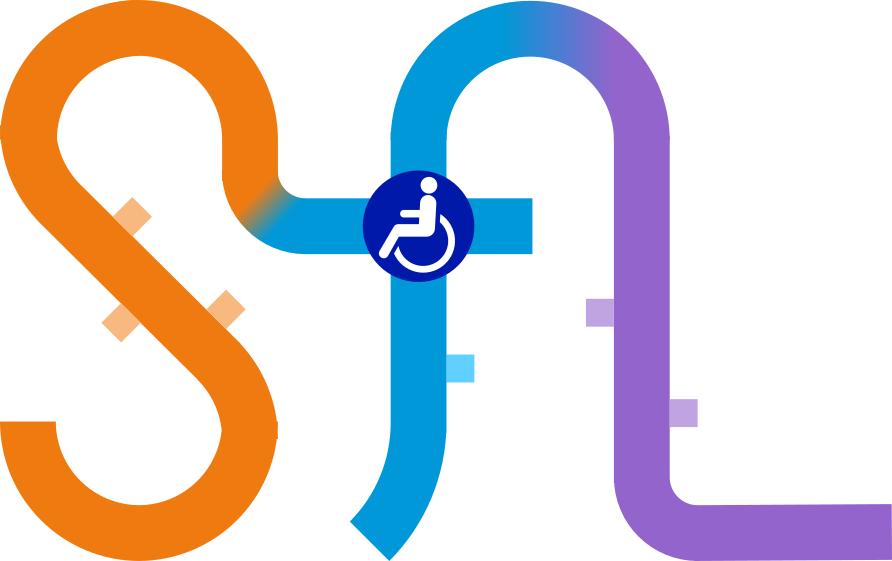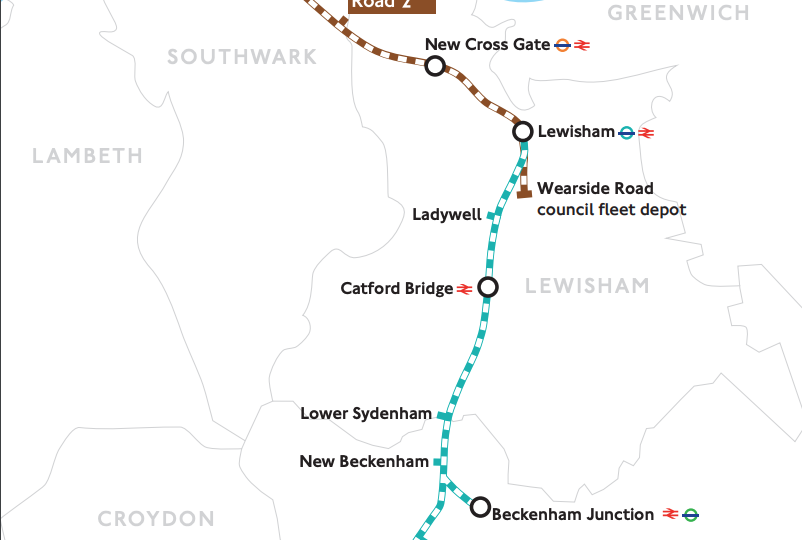After an amazing holiday in Valencia, Spain earlier this month, I have come back to find many developments involving the future of the Underground’s most problematic lines. From controversial design choices to tube extensions and wide-scale redevelopments, we are starting to see the next challenges that TfL will seek to address folowing the eventually completion of the Elizabeth Line (which seems likely to encounter further delays). And for some reason, most of these plans are in the form of consultation, so please take part!
Accessible Valencia
Before getting into all that, I wanted give a quick overview of Valencia’s accessibility. Valencia has a medium-sized metro system that first opened in the 1980s when various suburban railway lines were connected under the city centre via underground tunnels. Given the more recent development of the network, the entire system (except one station, Valencia South, located in a remote field) has step-free access to platforms.
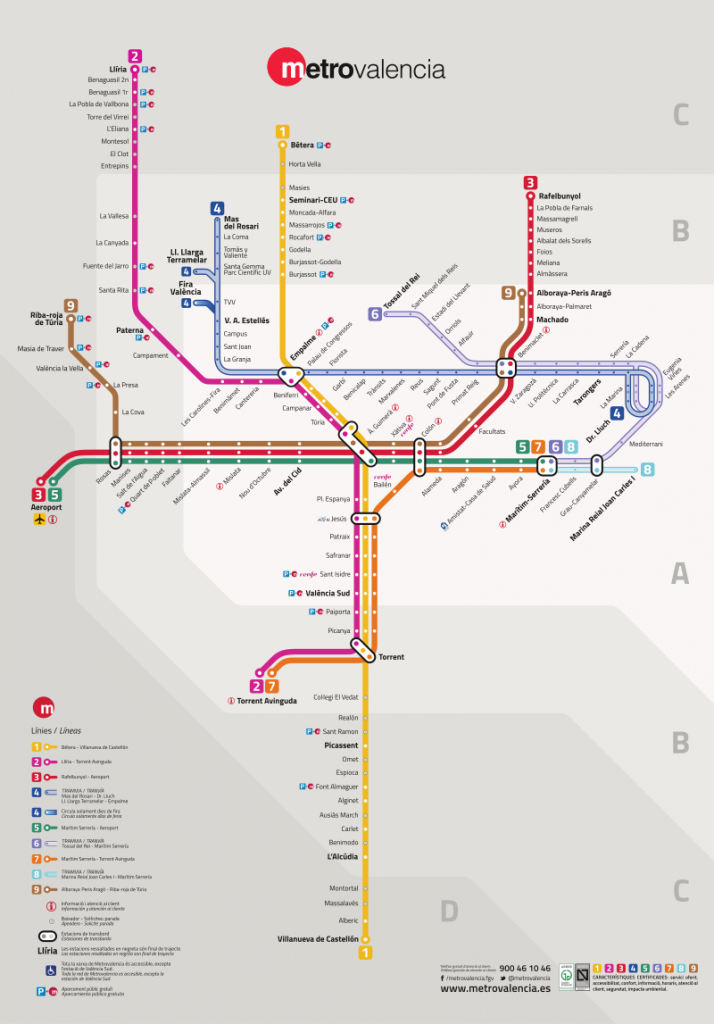
In a more recent development, Valencia has been progressively adding platform humps to ensure level boarding. By the time we were there, all the stations but one (Bailen) within Valencia proper had level boarding. In addition to the metro, Valencia has modern trams and a commuter rail network.
Unfortunately, we had mixed results with the tram, particularly due to the rolling stock. The older trams (still post-1990s) lack retractable steps, so that made for a stressful boarding experience. With regards to the commuter rail network, most of the electric services appeared to have rolling stock with a single level boarding c, so carriage, so we were able to go on a day trip to nearby Sagunto without any ramp. It is not perfect, as the platforms are not perfectly standard, but this shows that enormous impact that rolling stock alone can make.
Finally, we found Valencia as a whole to be incredibly accessible, so it is definitely not just Barcelona that has taken the initiative since the 1992 Olympics.
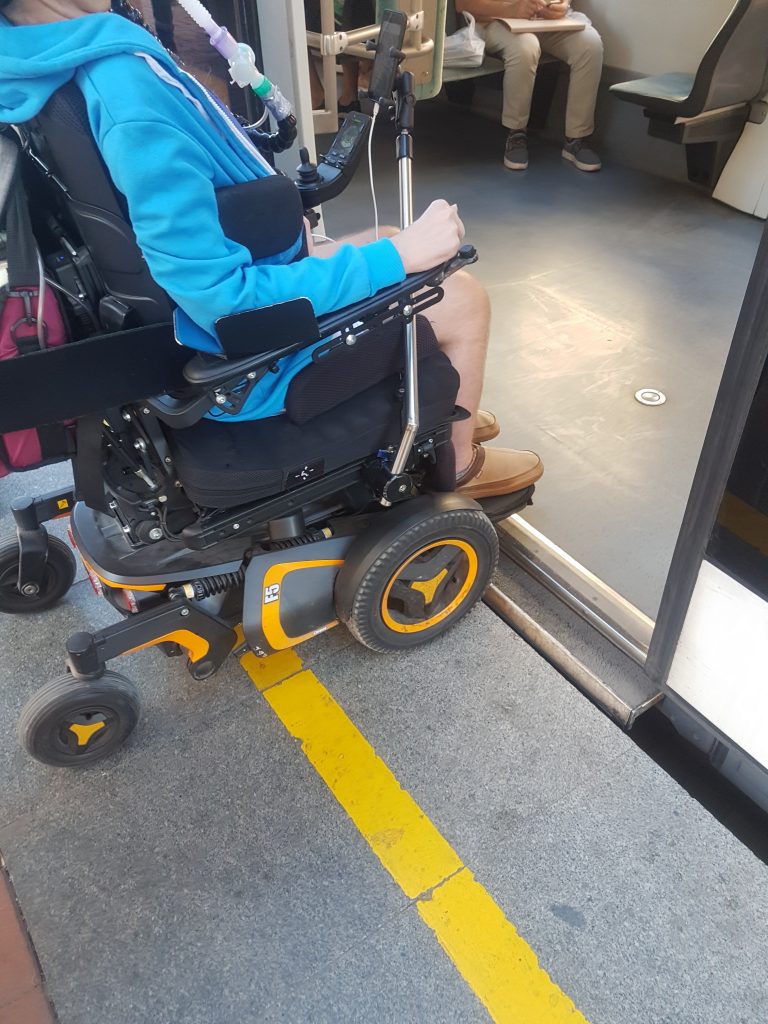
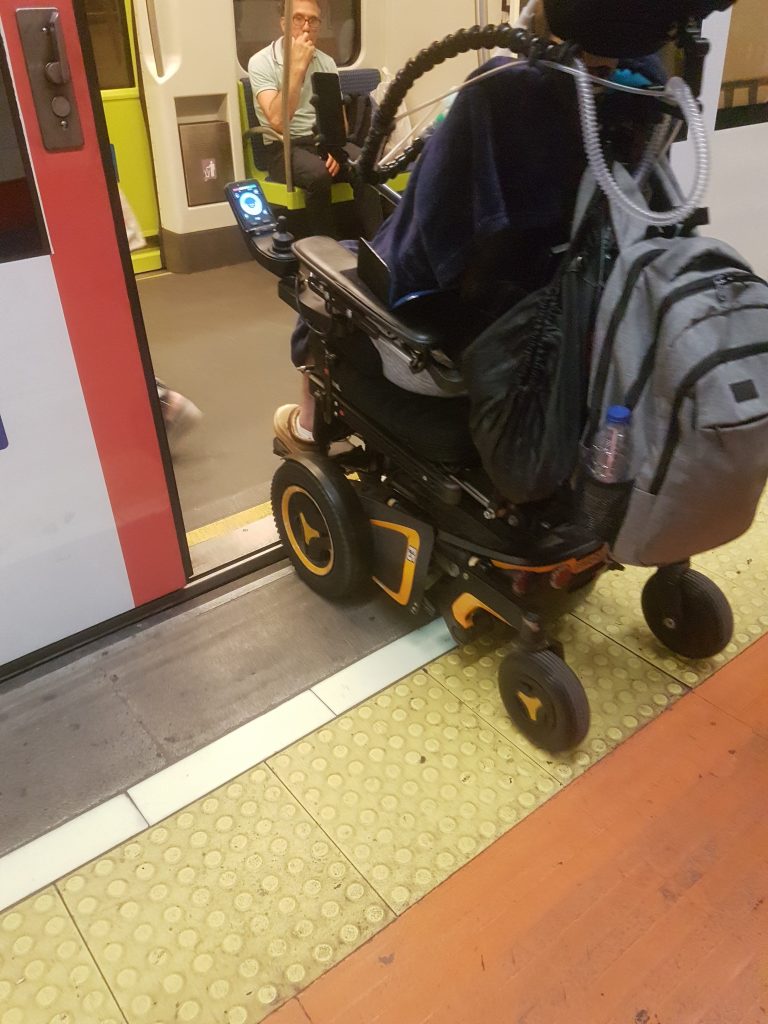
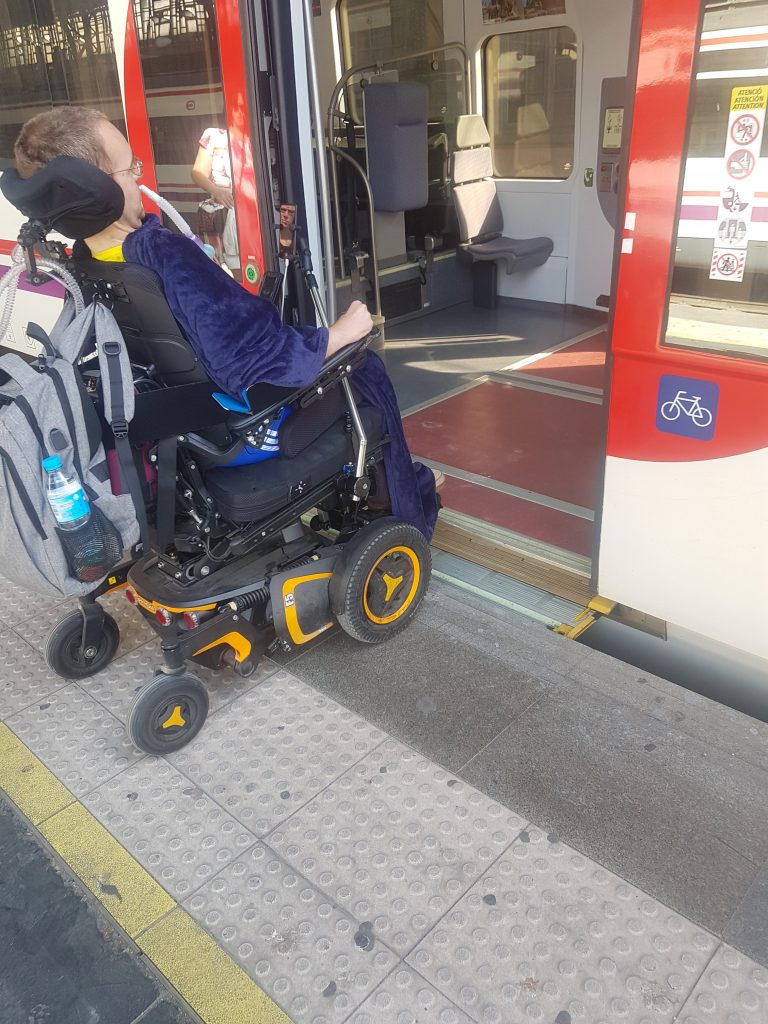
RVAR Derogations for Bakerloo and Central
This brings me to the first set of rail-related consultations. Last month, Jon did a FoI request asking for information about the accessibility (RVAR-compliance) works planned for the Bakerloo and Central lines. These lines are notoriously horrible with regards to accessibility, with a lack of widespread step-free access in Central London, no platform humps anywhere to enable level boarding, and old rolling stock without wheelchair bays or gap fillers. To our surprise, TfL responded with a link to two newly released consultations (one for the Bakerloo and the other for the Central line), detailing the works planned for both lines. The documents are derogation applications to move back the deadline for when the rolling stocks for both lines must be accessible.
Works for the Bakerloo Line
However, they also reveal a lot of what will (and what won’t) be improved with regards to independent boarding. Keep in mind that a system using manual boarding ramps can still be considered technically accessible.
For the Bakerloo line, the works are planned to include dedicated wheelchairs spaces as well as provision for level boarding where feasible. Given that the Bakerloo line trains share tracks with the larger Overground ones on the northern section of the line, only stations from Queen’s Park and below would ever be able to have level boarding. The consultation explicitly mentions Paddington, due to become accessible when the Crossrail station is finished, as one of the stations getting platform humps.
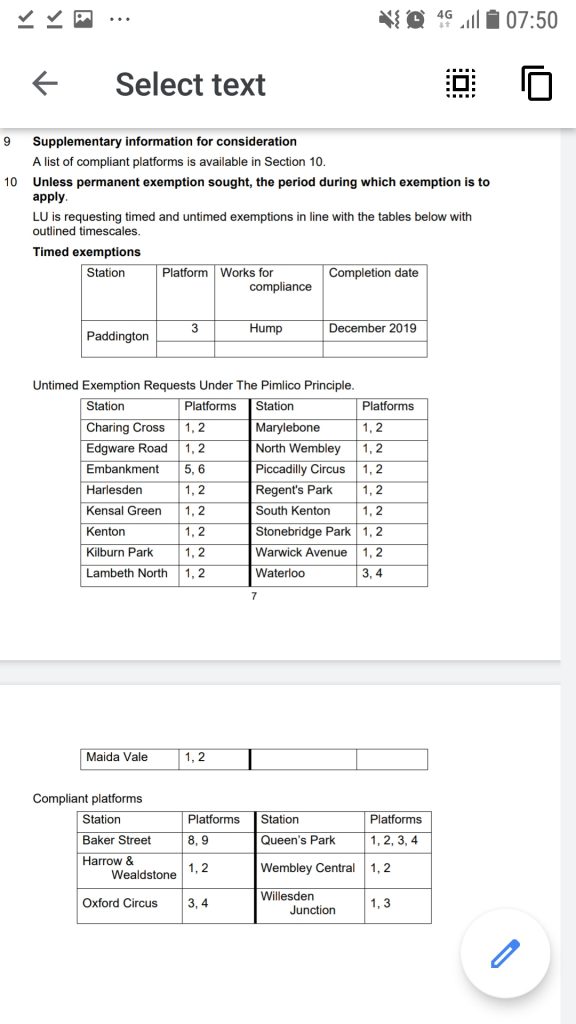
Worryingly, only platform 3 at Paddington is specified, so it remains to be seen whether only part of the station will have level boarding. Two other stations I would expect to be fitted with platform humps are Baker Street and Oxford Circus, which have cross-platform interchanges with the Jubilee and Victoria lines, respectively. It is annoying that this is not listed, and I suspect and hope that this is because these stations already have ramps and are technically accessible to some degree. After all, it would be unthinkable to only have level boarding at a single station, so I will ask for clarification.
These developments, scheduled to be finished by the end of 2021, will massively improve the accessibility of the line. It will allow for seamless interchanges and give Paddington a much more convenient accessible route to the rest of the Underground. For example, someone coming from Paddington could reach Victoria by simply taking the Bakerloo line to Oxford Circus, and then quickly interchanging to the southbound Victoria line to Victoria station. This is much more convenient that the circuitous routes needed today, which include reversing at Edgware Road or taking detours via Hammersmith or King’s Cross St Pancras.
Works for the Central Line
On the other hand, the Central line derogation document offers much disappointment. Similar levels of work will be done to these aging trains, albeit taking until the end of 2024, but this time without the possibility of level boarding anywhere on the line. Because of the way the doors are positioned on the Central line trains, unlike for every other Underground rolling stock, it is impossible to add the small exterior step that is meant to reduce the gap between the train and the platform.
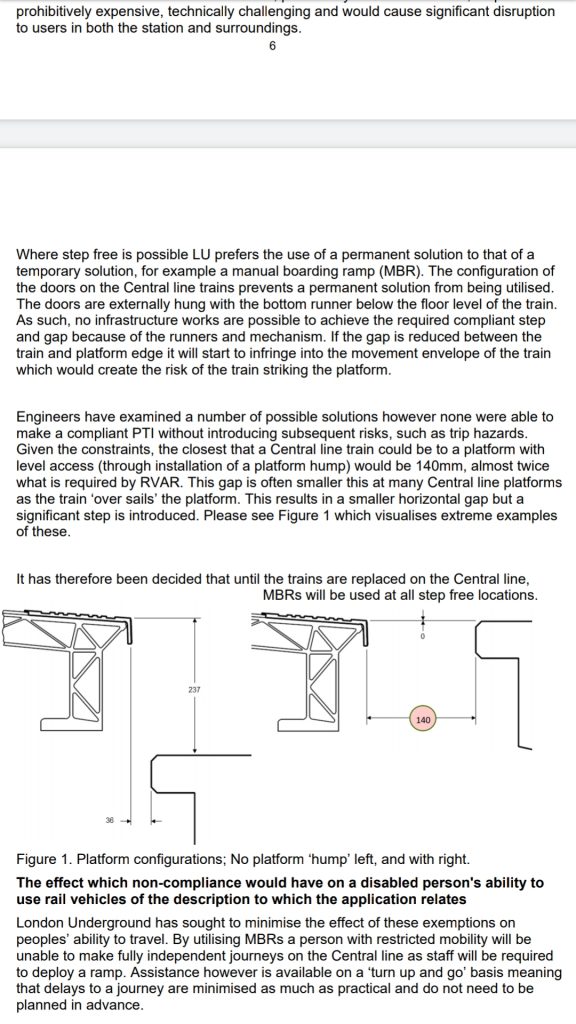
So, this means that after 5 years of extensive works, the increase in accessibility will be relatively marginal, leaving the Central and the Waterloo & City line, which uses the same rolling stock, as the only Underground lines without independent boarding. For many users, particularly those only hanging around Central London, this will not be too noticeable, as they will likely use the Elizabeth line instead. The Elizabeth line largely follows the Central line route from Stratford to Ealing Broadway and will provide a much more comfortable service with guaranteed level boarding at the new-built stations.
The issue is for passengers living on the line’s suburban branches, where they can look forward to another decade of relatively worse accessibility until the Central line trains are ultimately replaced in the 2030s. In my opinion, if TfL is unable to make the trains fully accessible (including altering the doors in each accessible carriage), is there really much point to the extremely disruptive 5-year programme? If you are going to do it, do it right!
W&C Line Humps
It is also a bit curious that despite the rolling stock being cited as the reason why the Central line cannot get platform humps, the same rolling is found in the Waterloo & City line, where both stations have platform humps. Now, unfortunately the W&C line is does not have level boarding because of the larger horizontal gap due to the doors (correction on my own map soon to come), but I do wonder what the rationale was for adding the humps. If it allows for slightly easier boarding for some passengers and for smaller and simpler ramps to be used, wouldn’t it be worth to consider this for the Central line?
Bakerloo Line Extension Consultation
Going back to the Bakerloo line, TfL itself has opened a consultation, this time regarding the line’s proposed extension into South East London. As with all new sections of the Underground, all the new stations will be fully accessible. And, given the aforementioned works being done on the rolling stock, they will all allow for level boarding. Even Elephant & Castle, the existing southern terminus, is set to become accessible, as the extension will require a tunnel and will allow for completely new Bakerloo platforms that will be integrated to the redeveloped Northern line ones (due in 2021).
The extension will include 4 stations: two unnamed stations on Old Kent Road, New Cross Gate, and Lewisham. There is a chance to choose the name Asylum for one of the unnamed stations, so please choose this! Additionally, TfL is looking at the possibility of further extending the line from Lewisham down to the existing Hayes line, currently operated by Southeastern as a National Rail service. I am massively supportive of this proposal, as it would improve the frequency of the Hayes line and would free up capacity on the remaining Southeastern metro network. However, I would expect for the entire line to be appropriately upgrade to be fully accessible.
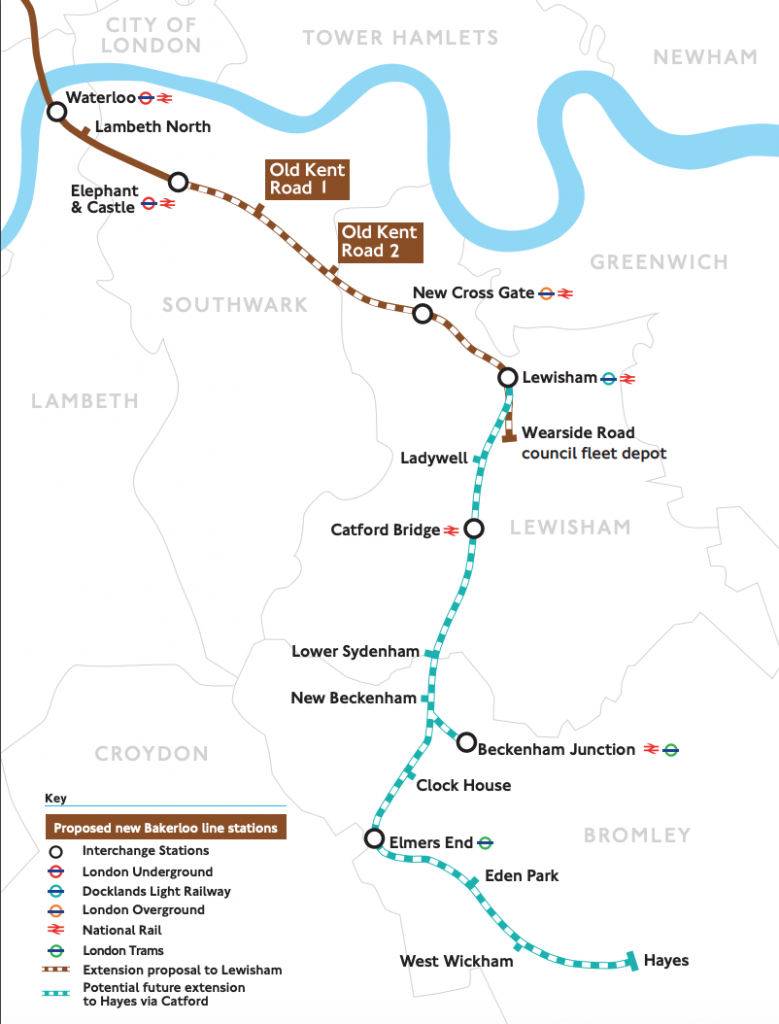
Speaking of this, the plans make no mention of additional step-free access schemes for the existing part of the Bakerloo line. For Central London, this may well mean no step-free stations between Paddington and Elephant & Castle, both of which are at the limits of Zone 1, for the foreseeable future. Unfortunately, this is at least partially due to the incredibly curvy route of the line. For example, Waterloo would be an obvious choice the next Bakerloo step-free access scheme.
Indeed, recent reports of the large redevelopment of Elizabeth House, located directly above the Northern and Bakerloo lines at Waterloo, state that a lift shaft will be built for the Northern line only in the mid 2020s. This would leave the Bakerloo line as the only inaccessible line at Waterloo. However, the reason for this is its curved platforms. In fact, the southbound Bakerloo platform is technically already step-free, but the huge step and gap mean that not even ramps are feasible, nevermind level boarding. And so, barring extensive tunnelling, these platforms would likely never be accessible.
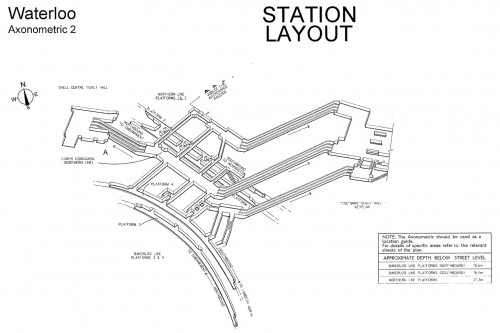
Crossrail in 2021?
Finishing up with some Crossrail news, London Reconnections has done an amazing article detailing the current state of works for the delayed project. While progress continues, there is doubt about whether the current 6-month opening range (October 2020 – March 2021) will be kept. It seems that the current aim is to ensure that everything is extensively tested and working as it should, rather than trying to prioritise the opening and fixing things along the way. In the end it may be a while before we see the full opening of the Elizabeth Line, but its impact on accessible transport in London will be immense.
Contactless PAYG Expansion
To finish up, I am aware that there has been a further expansion of contactless Pay-As-You-Go (PAYG) on Thameslink, reaching Luton Airport Parkway. This extension, however, does not include Oyster Card validity (as will any future expansions outside of London) and does not yet have daily or weekly capping. I believe that a major feature of the PAYG area of London is indeed the capping opportunities, so I will hold off from adding these stations until January, at which time capping is expected to become available. The same thing will apply to the PAYG extension to Reading.
